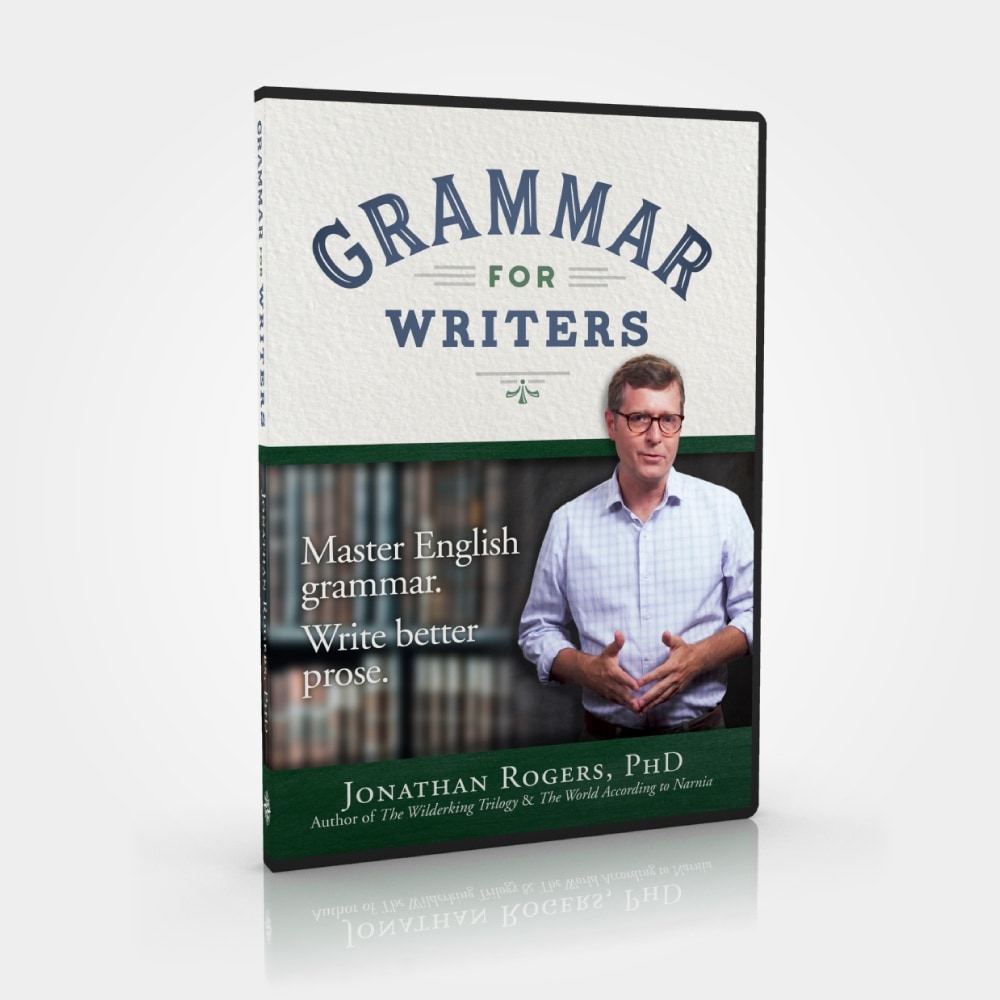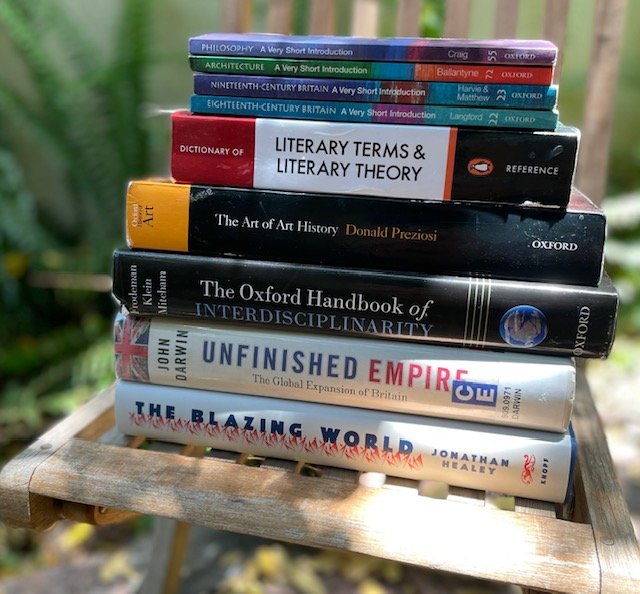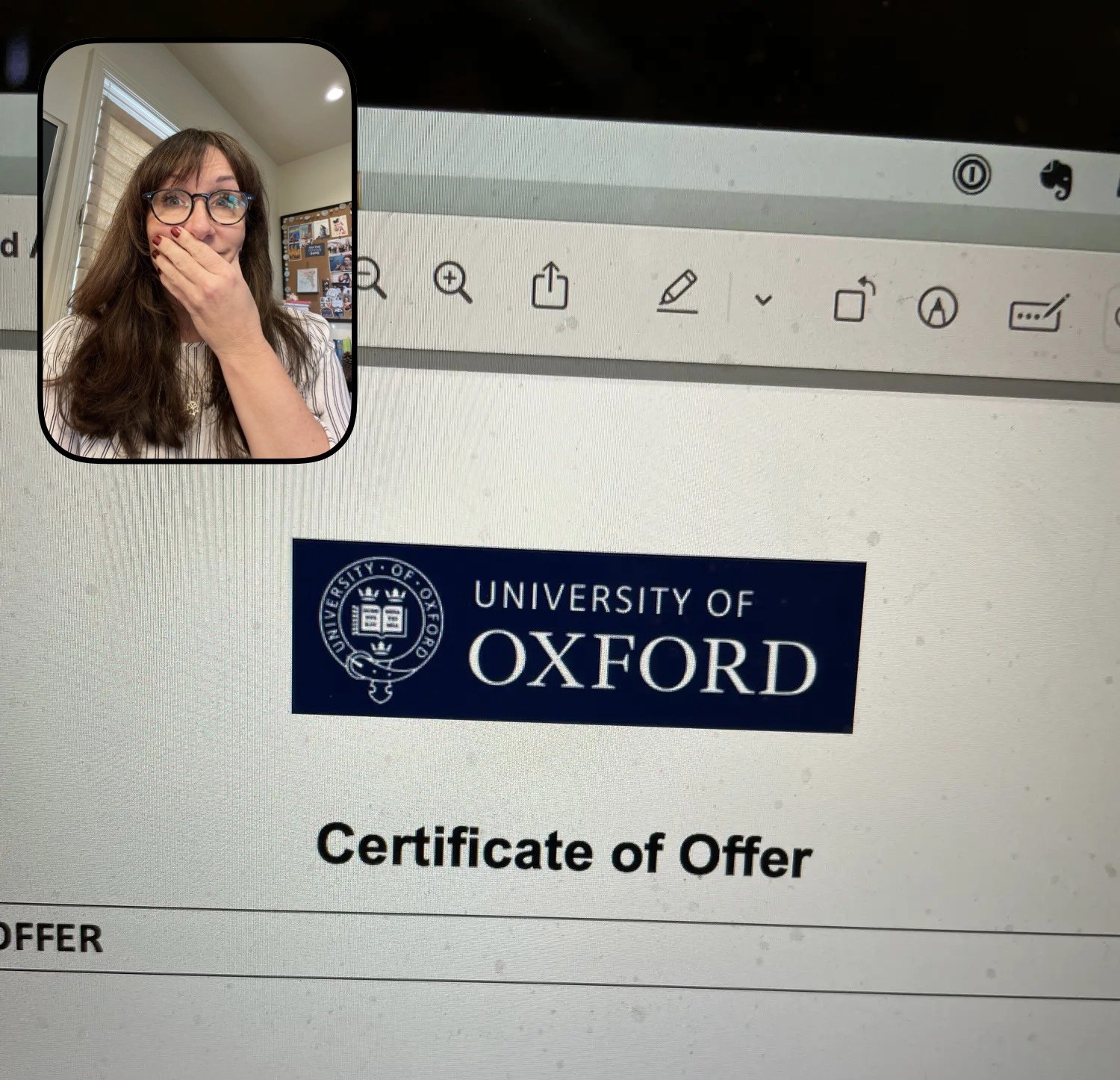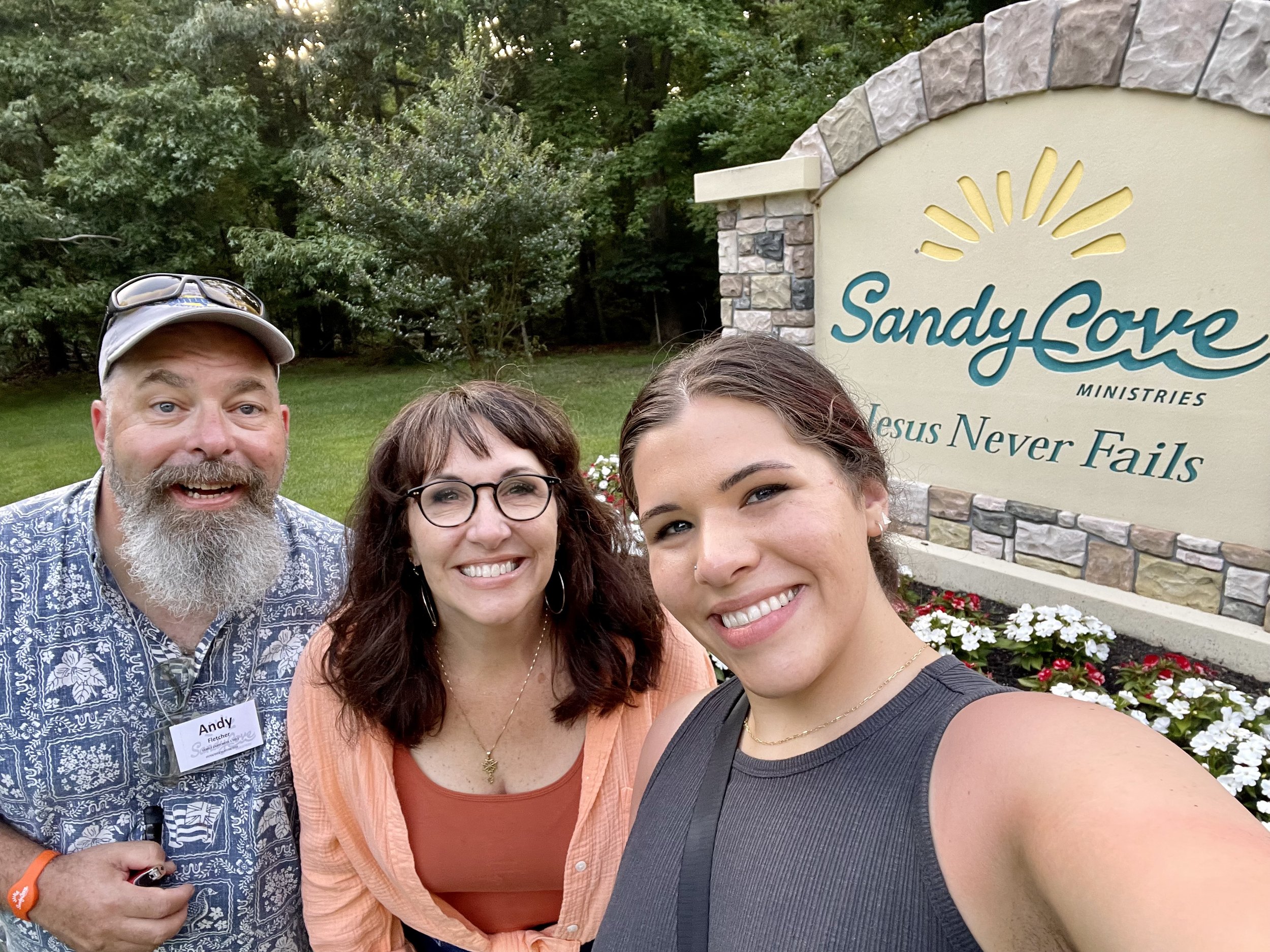Disclaimer: We received this product free for the purpose of reviewing it. All opinions expressed are my personal, honest opinions. This post includes affiliate links.
Homeschooling a middle or high schooler in need of a solid grammar program?
This past fall, we tested Compass Classroom’s new video-based Grammar for Writers curriculum in our homeschool and in a small group setting. I know quite a lot of homeschoolers are looking for a solid high school grammar program geared toward their older students and I wanted to give you a comprehensive overview.
What Grammar for Writers Consists Of
The details, which you can also find on the Compass Classroom site:
41 video lessons (6.75 hours total)
Lecture Notes (PDF)
Quizzes for each lesson
Teacher Key for the quizzes
Offers a 1/2 high school credit
Formats: DVD, digital (streaming), or DVD & digital with PDF materials or printed (spiral-bound) materials
What You Can Expect from Grammar for Writers
Grammar for Writers is a lecture-based format. Your student will watch a lecture/lesson, and then take the accompanying quiz, which can be approached as a worksheet instead of a quiz, if that’s better for your student.
The lecturer is Jonathan Rogers, a beloved author in his own right. His novels include The Wilderking Trilogy (The Bark of the Bog Owl, The Secret of the Swamp King, and The Way of the Wilderking) and The Charlatan's Boy. He has also authored non-fiction titles The World According to Narnia, Saint Patrick, and The Terrible Speed of Mercy: A Spiritual Biography of Flannery O'Connor.
We found Mr. Rogers’ lecturing style to be appropriately engaging for this age group, and my students looked forward to hearing what he had to say. As an author, he has “street cred”, and I think the students can sense his first-hand experience. He’s not just teaching, he’s doing what some of our writing kids dream of. Lectures average around 8 minutes long.
Grammar for Writers is self-paced. In our home, schedule flexibility is key right now. But in other seasons of our lives (and different kids with different learning styles and personalities), self-paced can mean that a student ignores the curriculum until whoever is in charge of their education realizes that nothing has actually been accomplished. Or is that just our home? You’ll need to decide if self-paced is right for you.
Grammar for Writers can be completed in a semester. That works out to roughly three lectures/lessons per week, but of course, since it is self-paced, you can make it fit into whatever time frame you require.
We used Grammar for Writers in an online group and it was a perfect setting for discussion. My daughter is there in the upper corner listening from her bedroom :) You can use it in your group, too, as group licenses are available.
Strengths of Grammar for Writers
Grammar for Writers is a curriculum that best suits students who are strong writers or who have a substantial background in the basics of English. It will likely be best for students who aren’t put off by the intricacies and vocabulary of grammar. Prior English mechanics knowledge is helpful. For instance, Lesson 1.2, “The Main Line”, assumes your student has prior experience with diagramming sentences.
Grammar for Writers is great for group discussion but stands alone easily for a single student in a homeschool or after school setting. We used it both ways and found that the best part about the group dynamic was, of course, the discussions we were able to have after viewing the lectures.
Grammar for Writers helps the student learn to analyze their own writing, which is a tremendously helpful tool for the college-bound student or the kid who is passionately writing stories and dreams of being a professional writer. The course actually walks the student through the hows and whys of analysis, diagnostics, and best practices.
Grammar for Writers is user-friendly. There’s nothing more frustrating than a curriculum that requires multiple steps to set up. Grammar for Writers is literally a “grab and go” course that only requires a device to stream on or a student who can put a DVD in a disc drive.
View a Sample Lesson
One More Thing to Consider
Before you make a final decision about whether or not Grammar for Writers is the perfect curriculum for your students, consider:
If you are in need of a foundational grammar program for your middle or high school student, you will likely want to skip this one. As noted above, Grammar for Writers is not entry-level, and it is probably better suited for the strong English student or one who has a solid foundation with a curriculum such as IEW or Classical Conversations.
Discover 4 free Grammar for Writers lessons here.
If Grammar for Writers is just what you’ve been looking for, be sure to take advantage of Compass Classroom’s Electives Sale through January 31, 2020. Use code elective15 for 15% off any electives course, including Grammar for Writers.















